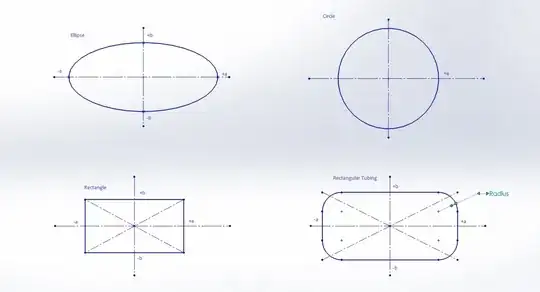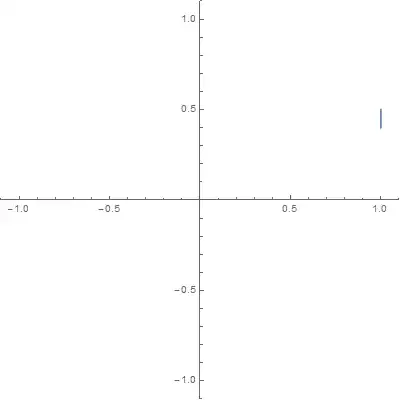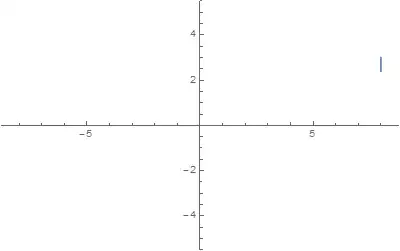I'm working on a problem where I need the parametric equation for a complex shape.
Parametric equation of a circle:
x = a * cos θ
y = a * sin θ
Parametric equation of an ellipse:
x = a * cos θ
y = b * sin θ
Parametric equation of a rectangle, reference:
x = a * (|cos θ| * cos θ + |sin θ| * sin θ)
y = b * (|cos θ| * cos θ - |sin θ| * sin θ)
Parametric equation of a tubing with radius at the corners:
?? inputs = a, b and material thickness (i.e. corner radius = 2 * thickness)
The shape I'm trying to model is hollow rectangular steel tubing. As manufactured, hollow steel tubing has a 'corner' radius = two times material thickness, per standard ASTM A500-10.
Ultimately I'm working on a free tube notching calculator and pattern generator. I'd like to add a feature for rectangular tubing to rectangular tubing. I'm really relying on the parametric angular input to complete the model. I'm pulling out my hair trying to develop a functional parametric equation for the hollow steel outer shape (with radius at each corner) to use in my Descriptive Geometry analysis.
Any recommendations on how to proceed here to obtain a parametrized form of a rectangle with sized corner radius?


